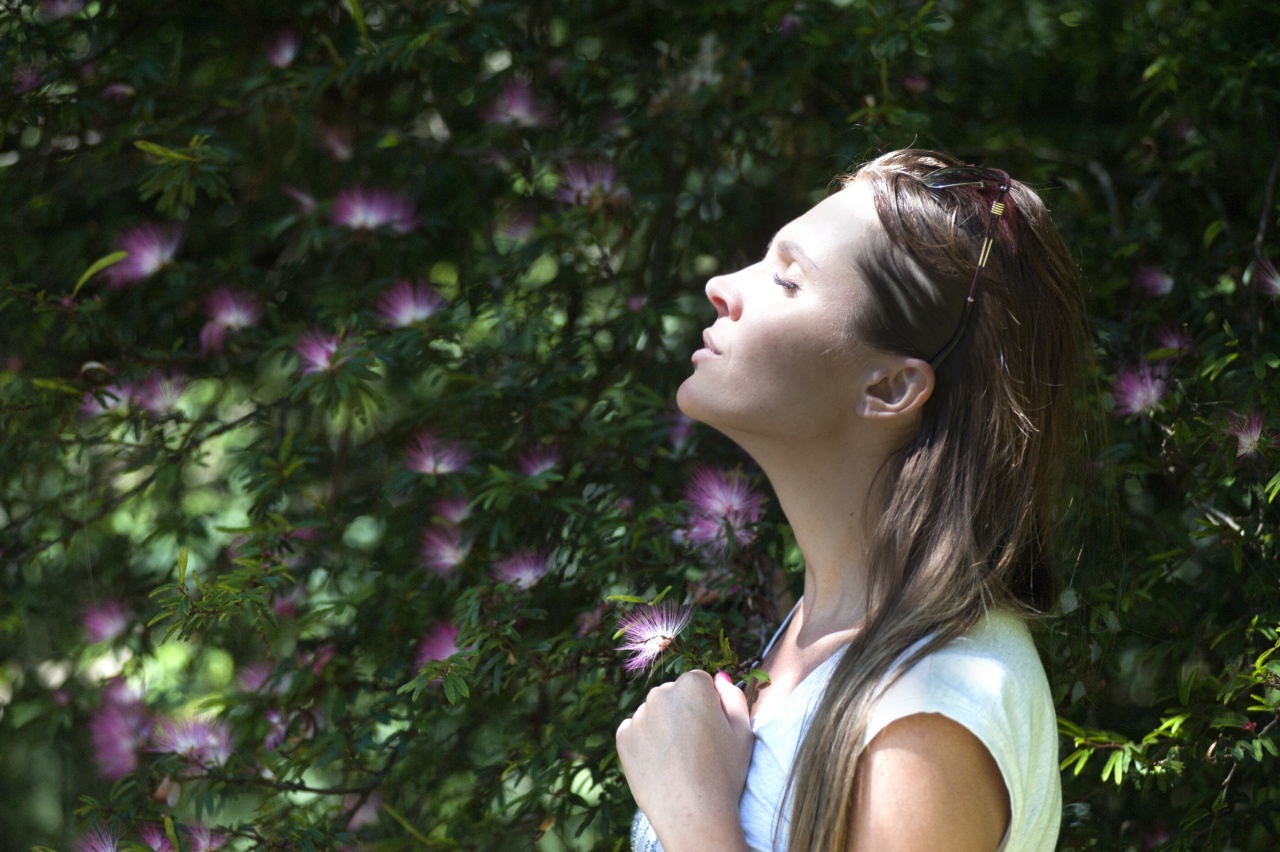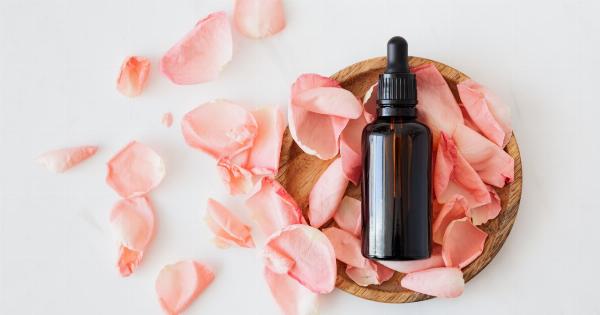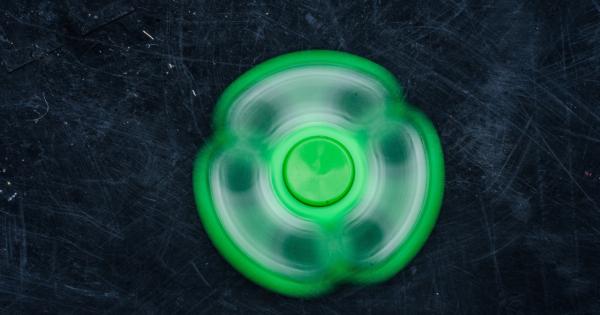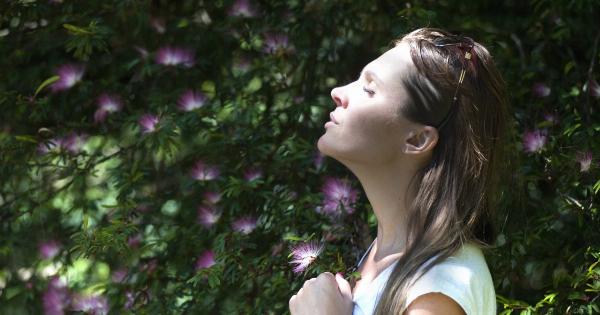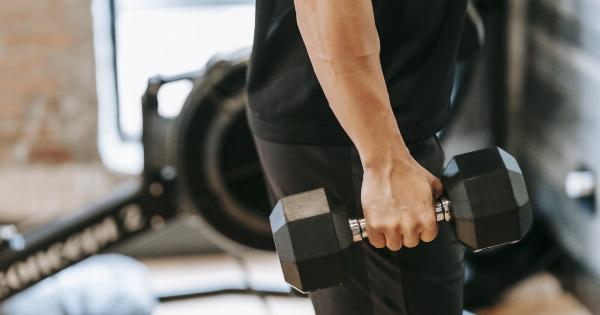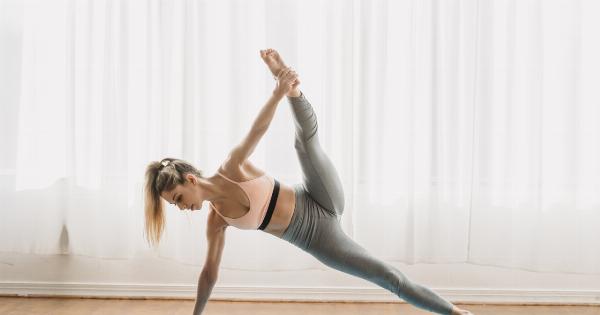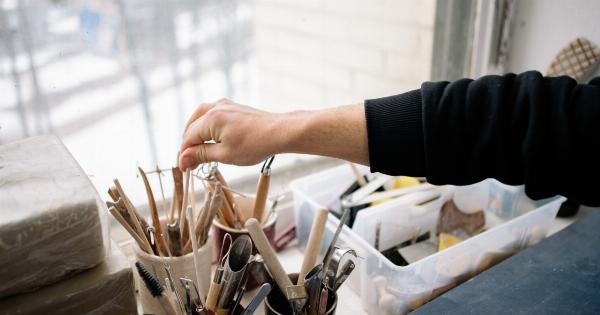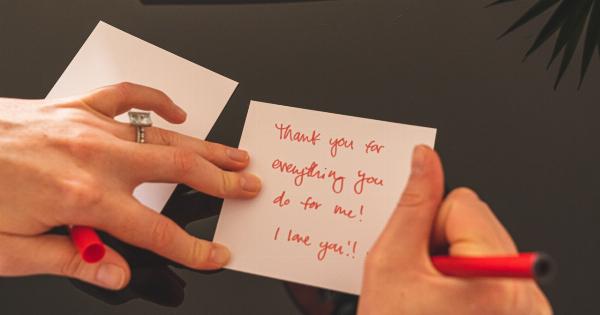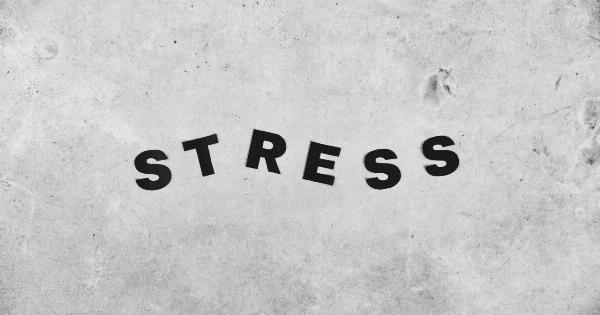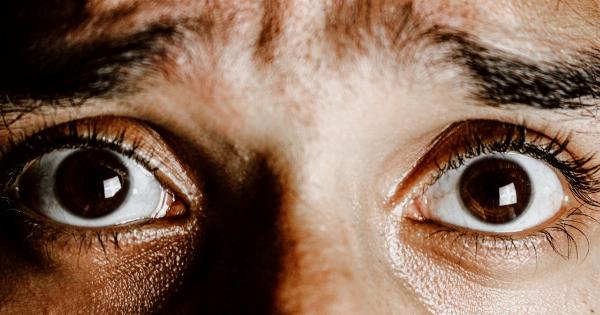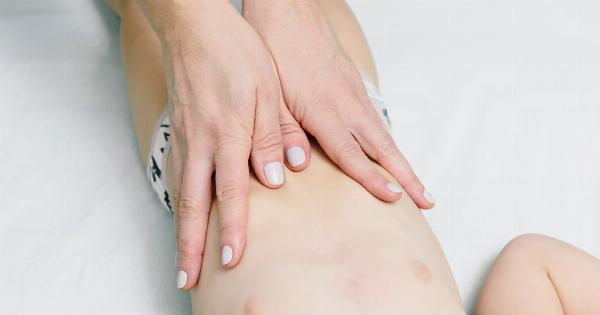Breathing is an essential process which makes sure that oxygen is supplied to the various parts of the body. Without proper breathing, the body doesn’t get enough oxygen, and the brain and other organs start to malfunction.
Improper breathing can create various health problems such as anxiety, asthma, sleep disorders, and even heart diseases. That is why it is important to practice proper breathing techniques to ensure overall wellbeing and a better quality of life. Here are five techniques that you can practice to improve your breathing:.
1. Diaphragmatic Breathing (Belly Breathing)
Diaphragmatic breathing, also known as belly breathing, is a technique used to strengthen the diaphragm muscle and increase lung capacity.
This breathing technique is effortless and involves inhaling deeply through the nose and exhaling slowly through the mouth. To start, sit with your back straight, and place one hand on your chest and the other hand on your belly. Now, take a deep breath through your nose and feel your belly expand, hold it for a few seconds, and then exhale slowly through your mouth.
While exhaling, try to make a ‘shhh’ sound to release all the air from your lungs. This technique can help relieve stress, reduce anxiety, and improve respiratory function.
2. Box Breathing
Box breathing, also known as square breathing, is a powerful technique used to relax the mind and body. This technique is also used by Navy SEALs to help them focus, stay calm, and reduce stress.
The technique involves inhaling for a count of four, holding for another count of four, exhaling for a count of four, and holding again for a count of four before taking another breath.
Start by sitting in a comfortable position, inhale slowly through your nose for a count of four, hold your breath for a count of four, exhale slowly through your mouth for a count of four, and hold your breath again for four counts before starting the cycle again. The box breathing technique can help with anxiety, stress, and improve concentration and focus.
3. Alternate Nostril Breathing
Alternate nostril breathing is an ancient yogic technique used to balance mind, body, and spirit. This technique involves breathing through one nostril at a time while blocking the other nostril with the fingertips.
To begin, sit with your legs crossed, rest your left hand on your left knee, and bring your right hand up to your nose. Use your right thumb to close your right nostril and inhale deeply through your left nostril. At the end of the inhale, close the left nostril with your ring finger, release your thumb and exhale through your right nostril.
Inhale through your right nostril and repeat the process. This technique can help with reducing stress, anxiety, and improving respiratory function.
4. Pursed Lip Breathing
Pursed lip breathing is a simple technique that can help reduce shortness of breath and improve breathing efficiency. This technique involves inhaling slowly through your nose and exhaling slowly through pursed lips (like you’re whistling).
This technique helps prolong exhalation and reduces the workload of breathing muscles, especially during physical activity. To start, sit or stand in a comfortable position, inhale slowly through your nose, and exhale slowly through pursed lips while making a ‘ssss’ sound.
This technique is particularly helpful for people with COPD (Chronic Obstructive Pulmonary Disease) to improve breathing efficiency and reduce breathlessness.
5. Breath Counting Meditation
Breath counting meditation is an ancient technique used by Zen monks to improve concentration, mindfulness, and awareness of breath. This technique involves counting each breath, inhale and exhale, up to a certain number.
The goal is to count up to 10 breaths without losing count or getting distracted by thoughts. If you lose count, start over again at one. To start, sit in a comfortable position, take a deep breath and begin counting your exhale as one. Then, inhale and exhale again and count it as two, and so on until you reach ten.
This technique can help reduce stress, improve focus, and create a sense of inner calmness.
